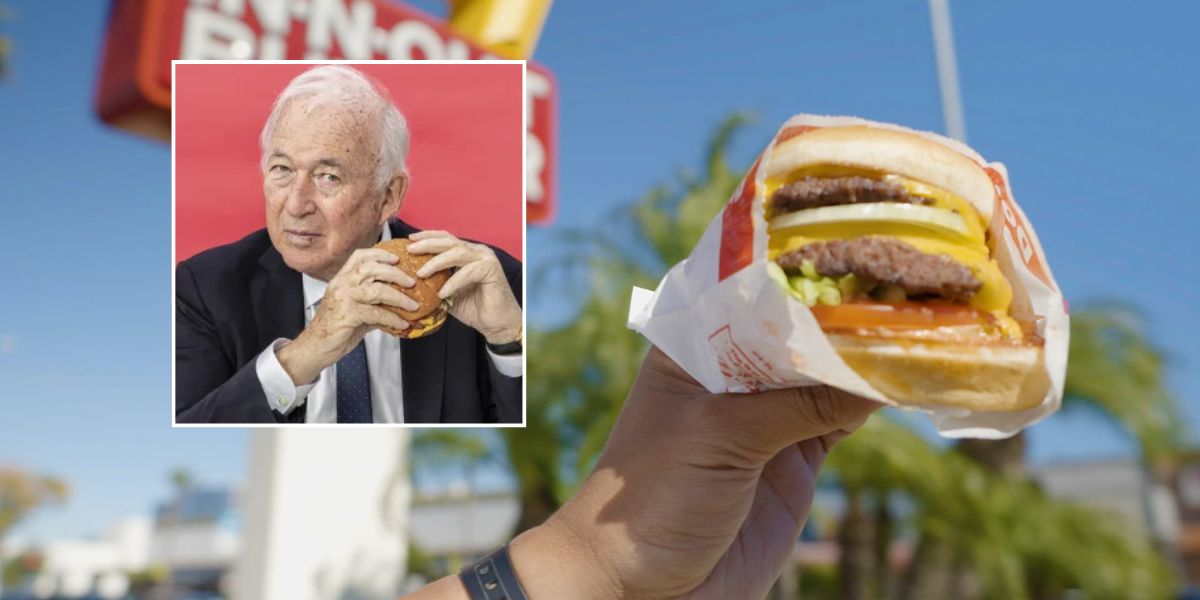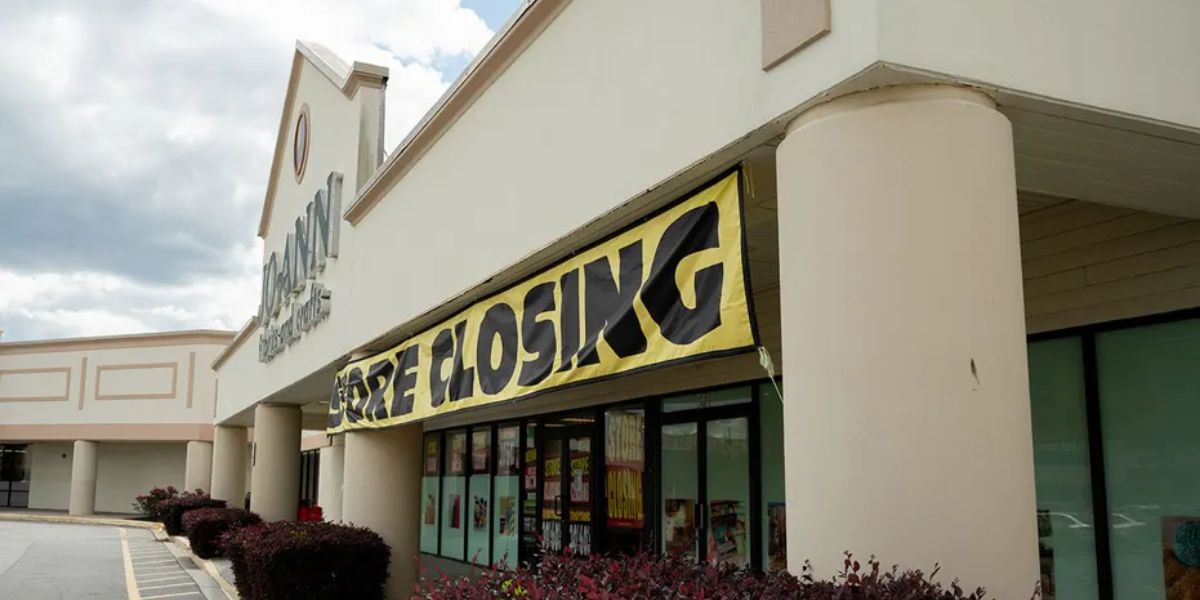Darlowe Torkelson and his wife had a short shopping list for dinner. It only included one potato and one sirloin steak at today’s prices.
According to Torkelson of Argyle, Texas, his family is still unsure of the maximum amount they are prepared to spend on specific groceries.
Torkelson stated, “I’d like to see it back down, but I haven’t found it.”
According to data from the Bureau of Labor Statistics, the average price of one pound of ground beef hit a record-high of $5.80 in April. That is almost 50% more than it was five years ago.
Rancher Stephen Kirkland, who owns the Z Bar Cattle Company, stated, “We are very, very conscious of how high the prices are in the meat case.”
Kirkland stated that he has been making an effort to absorb the price hikes at his two butcher shops in the Fort Worth, Texas, area.
Kirkland claims that he was able to purchase cattle for roughly $1,500 per steer a year ago. He claims that the cost has now increased to almost $2,400.
“$2,400 for one steer going into the feed yard, and then feed and everything else, transportation, everything else that gets involved in that,” Kirkland commented on the expense.
Additionally, the cost of raising those steers has increased due to rising feed, land, and financing prices.
Don’t Miss:
- Undocumented Man Accused of Embezzling $7M from Newport Beach Employer
- Harvard Prohibited from Admitting Foreign Students Under Trump Rule
- Four Sentenced in Home Depot Retail Theft Ring in Southern California
USDA data shows that U.S. cattle herds have declined to their lowest levels in over 70 years as a result of those cost increases.
At Twin Canyons Ranch, south of Fort Worth, rancher Kim Radaker Bays raises Herefords and Texas Longhorns. “We’ve had a lot of drought the past couple of years, and so it’s been harder and harder to keep enough grass to feed the cows,” Bays said.
She must balance the price the herd will fetch at the market with the expense of keeping them fed and healthy.
She claims that at today’s prices, it makes more financial sense for Bays to sell a cow that is “open” or non-pregnant, meaning it is not growing the herd or carrying a calf.
“It just costs too much to feed them if you don’t get a calf every year,” Bays says.
The U.S. Department of Agriculture predicts that beef prices will increase throughout 2025 due to a shortage of supply.
Kirkland says he won’t make any predictions about when consumers will find the cost of beef to be prohibitive.
“But as cattle prices increase, we’re left with no other choice,” Kirkland stated. “If we want to stay profitable, we want to stay in business at all, you’ve got to go up on your price.”



